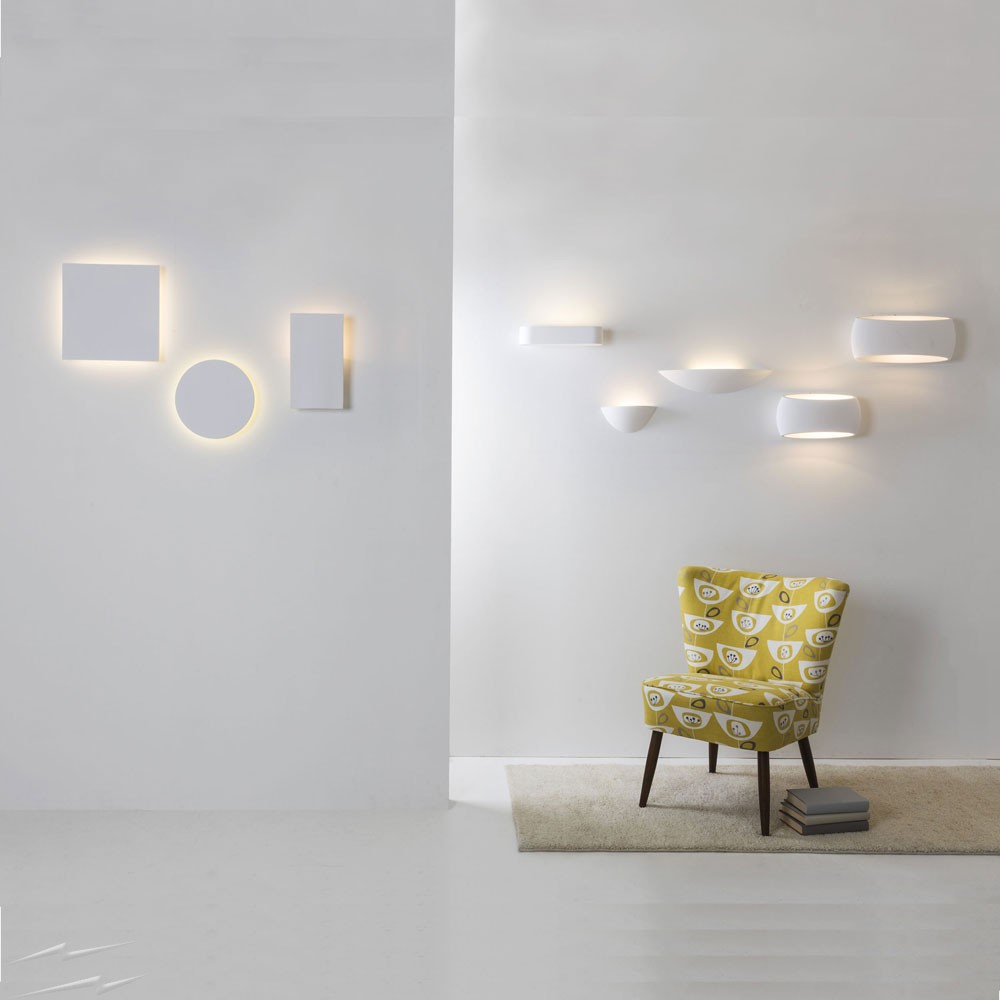100 and-thirty years prior, Thomas Edison finished the principal fruitful continued trial of the brilliant light. With some steady enhancements en route, Edison’s essential innovation has lit the world from that point forward. This is going to change. We are on the cusp of a semiconductor-based lighting transformation that will at last supplant Edison’s bulbs with an undeniably more energy-proficient lighting arrangement. Strong state LED lighting will at last supplant practically the entirety of the several billions of brilliant and bright lights being used the world over today. Indeed, as a stage along this way, President Obama last June disclosed new, stricter lighting principles that will uphold the eliminating of glowing bulbs which as of now are prohibited in pieces of Europe.
To see how progressive LED lights are as why they are as yet costly, it is educational to take a gander at how they are fabricated and to contrast this with the assembling of radiant lights. This article investigates how brilliant lights are made and afterward stands out that cycle from a depiction of the common assembling measure for free led light bulb program lights. Along these lines, we should start by investigating how customary glowing lights are produced. You will find that this is an exemplary illustration of a computerized mechanical cycle refined in longer than a hundred years of involvement.

While individual brilliant light sorts vary in size and wattage, every one of them has the three essential parts: the fiber, the bulb, and the base. The fiber is made of tungsten. While delicate, tungsten fibers can withstand temperatures of 4,500 degrees Fahrenheit or more. The associating or lead-in wires are regularly made of nickel-iron wire. This wire is dunked into a borax answer for make the wire more disciple to glass. The bulb itself is made of glass and contains a combination of gases, typically argon and nitrogen, which increment the life of the fiber. Air is siphoned out of the bulb and supplanted with the gases. A normalized base holds the whole gathering set up. The base is known as the Edison screw base. Aluminum is utilized outwardly and glass used to protect within the base.
Initially created by hand, light assembling is presently primarily mechanized. To begin with, the fiber is made utilizing a cycle known as drawing, in which tungsten is blended in with a cover material and got through a bite the dust a molded opening into a fine wire. Next, the wire is twisted around a metal bar called a mandrel to form it into its legitimate looped shape, and afterward it is warmed in a cycle known as tempering, relaxing the wire and makes its structure more uniform. The mandrel is then broken up in corrosive.
Second, the wound fiber is connected to the lead-in wires. The lead-in wires have snares at their closures which are either squeezed over the finish of the fiber or, in bigger bulbs, spot-welded.
Third, the glass bulbs or housings are delivered utilizing a lace machine. In the wake of warming in a heater, a ceaseless lace of glass moves along a transport line. Unequivocally aded air spouts blow the glass through openings in the transport line into molds, making the housings. A lace machine moving at maximum velocity can create in excess of 50,000 bulbs for every hour. After the housings are blown, they are chilled and afterward cut of the lace machine. Next, within the bulb is covered with silica to eliminate the glare brought about by a gleaming, revealed fiber. The mark and wattage are then stepped onto the external top of each packaging.

